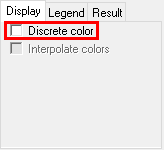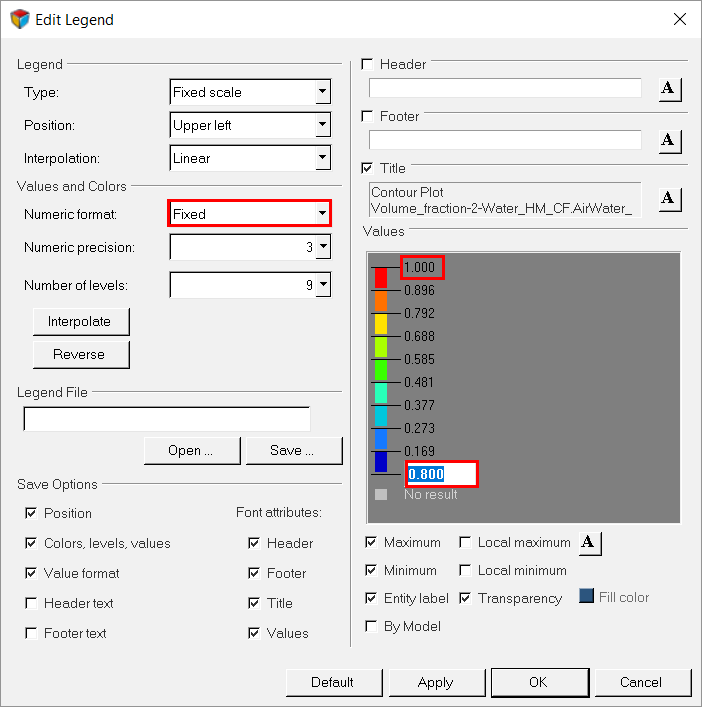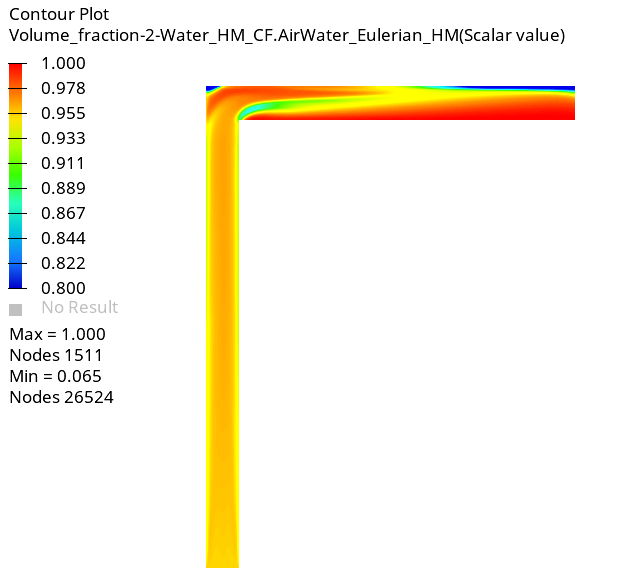ACU-T: 4100 Multiphase Flow using Algebraic Eulerian Model
Prerequisites
This tutorial provides instructions for running a transient simulation of a two-phase flow in a pipe using the Algebraic Eulerian model. Prior to starting this tutorial, you should have already run through the introductory HyperWorks tutorial, ACU-T: 1000 HyperWorks UI Introduction, and have a basic understanding of HyperWorks, AcuSolve, and HyperView. To run this simulation, you will need access to a licensed version of HyperMesh and AcuSolve.
Prior to running through this tutorial, copy HyperMesh_tutorial_inputs.zip from <Altair_installation_directory>\hwcfdsolvers\acusolve\win64\model_files\tutorials\AcuSolve to a local directory. Extract ACU-T4100_Disperse.hm from HyperMesh_tutorial_inputs.zip.
Since the HyperMesh database (.hm file) contains meshed geometry, this tutorial does not include steps related to geometry import and mesh generation.
Problem Description
The problem to be addressed in this tutorial is shown schematically in Figure 1. As an example, an LPipe problem is attached here to show the capability of the Disperse modeling in AcuSolve. The Algebraic Eulerian (AE) model is used to simulate the momentum exchange between a carrier field and a dispersed field. When simulating multiphase flows using the AE model, the carrier field has to be a fluid and the dispersed field can be of any medium.
In this problem, Water is considered a Carrier field material and Air is considered as Dispersed field material. Fluid enters the Inlet at an Average Velocity of 1 m/sec and the Water and Air volume fractions at the inlet are 96% and 4% respectively.
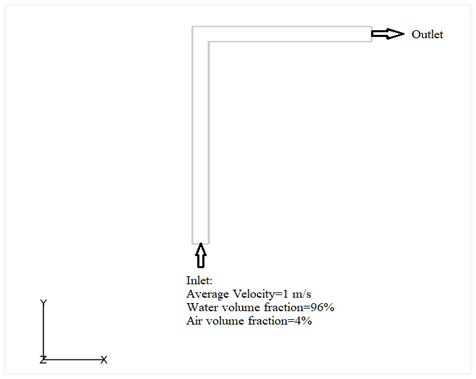
Figure 1.
Open the HyperMesh Model Database
Set the General Simulation Parameters
Set the Analysis Parameters
Specify the Solver Settings
Define the Nodal Outputs
Set Up Material Model Parameters and Body Force
In this step, you will start by setting up the Multiphase material model and body force parameters. Then, you will assign the surface boundary conditions and material properties to the fluid volume.
Set Up Material Model Parameters
Set Up the Body Force
Set Up Boundary Conditions and Nodal Initial Conditions
Assign Boundary Conditions and Material Properties
Set the Nodal Initial Conditions
Compute the Solution
In this step, you will launch AcuSolve directly from HyperMesh and compute the solution.
Run AcuSolve
Post-Process the Results with HyperView
Open HyperView and Load the Model and Results
Create Contours for Volume Fraction of Water
Summary
In this tutorial, you worked through a basic workflow to set-up and solve a transient multiphase flow problem using the Algebraic Eulerian multiphase model using HyperWorks products, namely HyperMesh and AcuSolve. You started by importing the model in HyperMesh. Then, you defined the simulation parameters and launched AcuSolve directly from within HyperMesh. Upon completion of the solution by AcuSolve, you used HyperView to post-process the results and created a contour plot of the volume fraction.
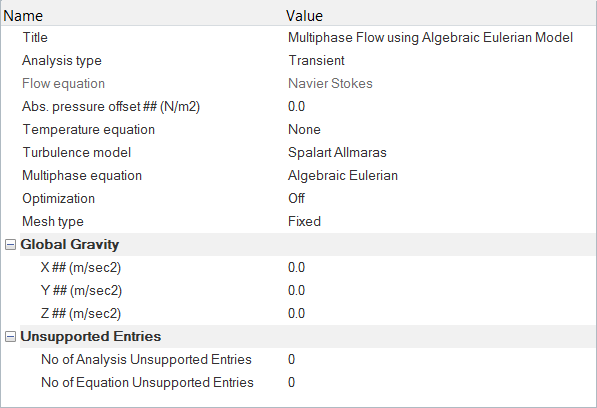
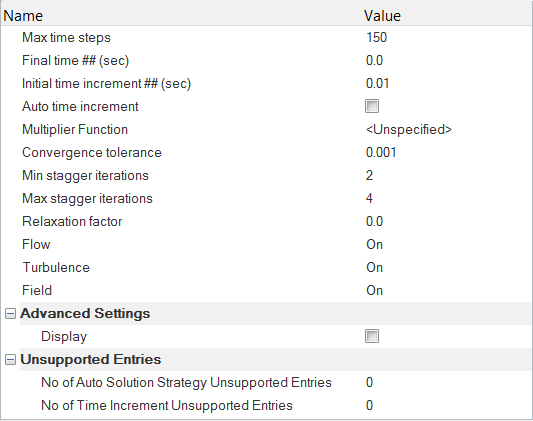

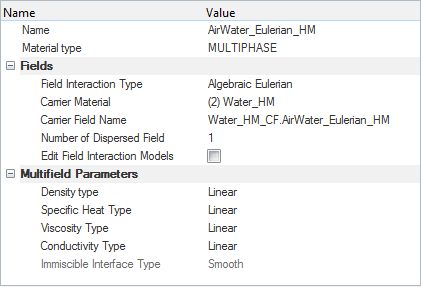

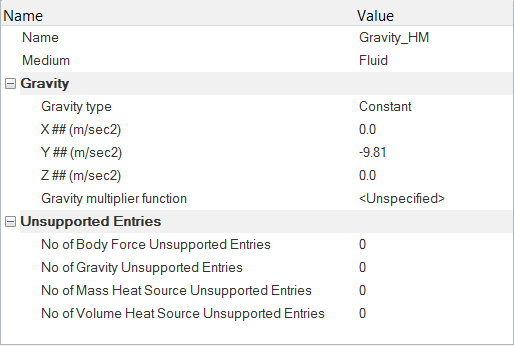
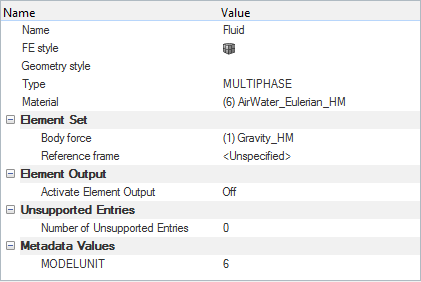
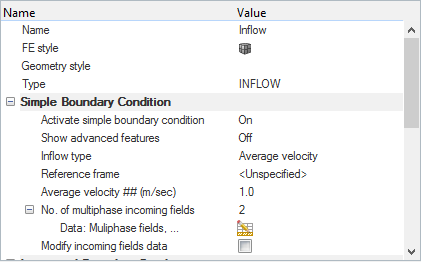
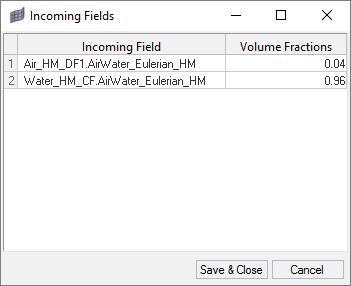
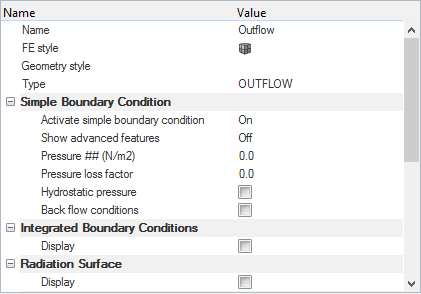
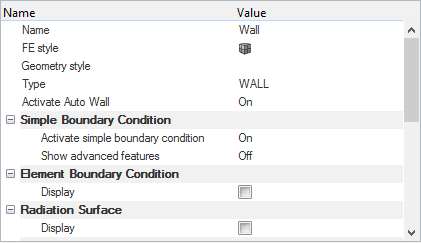
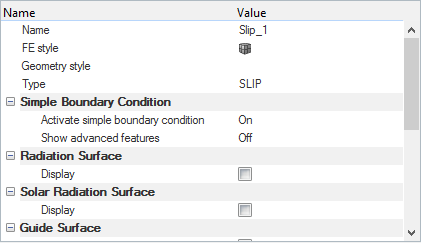
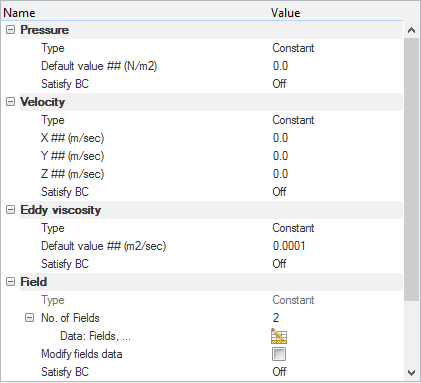
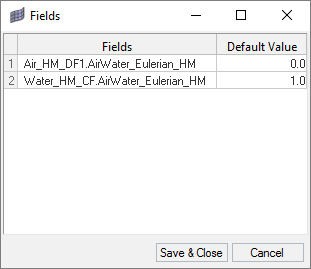
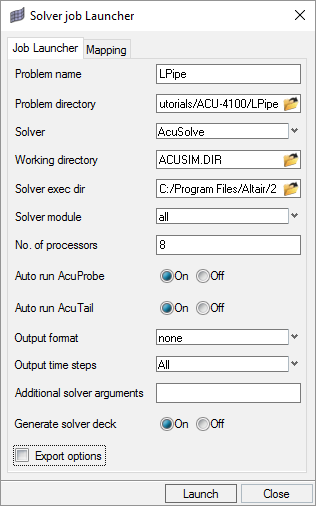
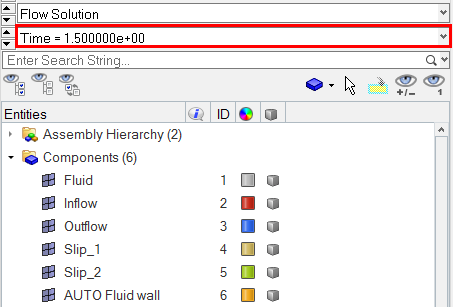
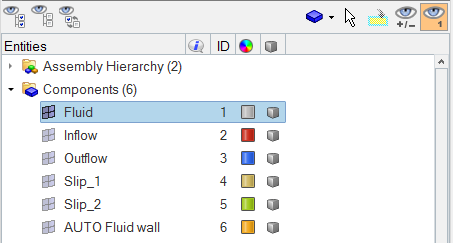
 on the Standard Views toolbar.
on the Standard Views toolbar.